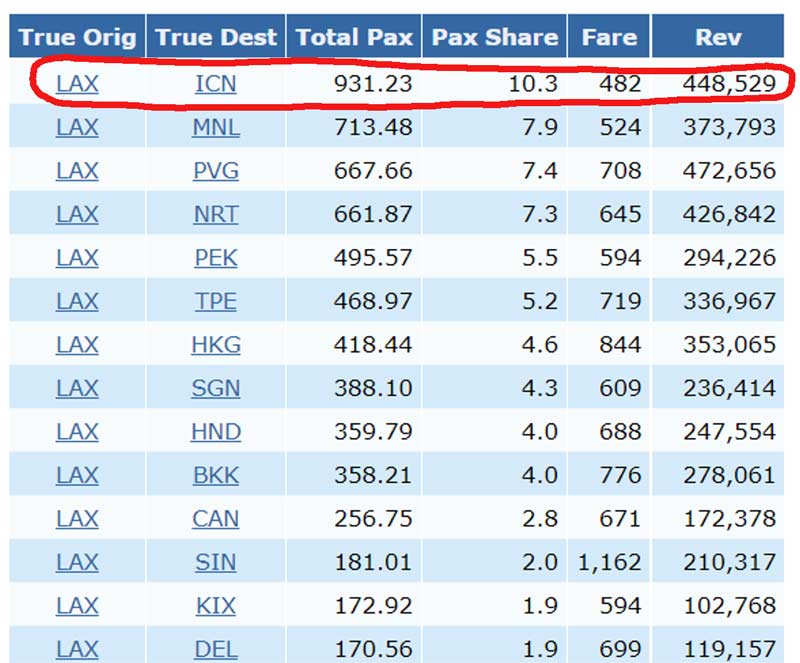I have spent many years forecasting new routes, in capacities as an airline Network Planner, and as an airport Air Service Development team member. I’ve used numerous different tools to accomplish a route forecast—and I can say, without a doubt, Diio Mi’s Scenario Planner module is the easiest to use and fastest to return a result. Diio MiTM, partnered with global FM traffic data and Scenario Planner is, in my experience, the best end-to-end planning solution available. Below see how I coach customers to use it.
-Jon Jager, Cirum sales engineer
Every airline and airport planner has their own method for trying to identify the next best ideas for new service. Airports are always seeking to add more airline capacity into their community. A well-thought-out route can have positive ramifications for both the airline and airport based on the economic impact the flight brings to both parties. In the United States, Cirium’s Diio Mi has long been an aviation planner “favorite,” as the tool delivers access to critical datapoints (schedule, traffic, fares) extremely quickly and with great accuracy, Diio Mi schedules data comes directly from airlines.
Formerly a U.S. centric tool, with traffic and fares from the U.S. Dept. of Transportation, Diio Mi now has global traffic and fares data.
In addition to FM Traffic, Cirium has also added Scenario Planner, an easy-to-use route forecasting tool which incorporates Diio Mi’s schedule and traffic data for modeling yield and revenue of potential routes. This article looks at best practices for identifying service opportunities and planning new routes.
With all three elements, it is easier than ever to create an accurate route forecast. Diio Mi users can do their background research and run a comprehensive route forecast, quickly and easily—all in one place. i.e. complete end-to-end route analysis.
- Identify markets based upon size, fare, business / leisure mix, and revenue and catchment
- Review opportunities for competition
- Forecast traffic by market, aircraft and frequency
- Analyze revenue and yield
Getting Started with Diio Mi

Start by finding that next best opportunity by identifying attractive markets based upon size, fare, business/leisure mix, and revenue.
This provides an idea of how travelers are getting from point A to point B today; thereby offering a little intelligence as to who a new entrant carrier into the market may be “stealing” market share from.

A simple side-by-side analysis using Diio Mi’s schedule module can easily identify which of these “next best” opportunities already have nonstop competition in. This comparison will show there are plenty of attractive, unserved routes, out there in the world today just waiting for nonstop service.

Once a route is selected for further analysis, Diio Mi makes it quick and easy to run a route forecast to determine if the economics of launching a new route is viable. Using Diio Mi’s schedule and traffic modules, calibrate the Scenario Planner module to produce a “realistic” result for their new route. The tool allows you to forecast up to three roundtrip frequencies in a market, on any existing aircraft, with a customizable number of seats on the aircraft.
Choose whether to forecast the route on a daily or less-than-daily basis.

From this point, look at similar routes to determine market stimulation, or model the effects of competitor airlines pulling out of the market, and or determine the appropriate connections the model will build and even choose to include the effect of codeshare agreements with other carriers.
Forecast results are often ready in less than one minute and are quite detailed. In addition to the basics (load factor, fare, revenue), Diio Mi provides the probable composition of the passengers on your flight both local travelers and an idea of which itineraries are flowing over your new nonstop.

Cirium’s experts are happy to assist with your planning challenges or demonstrate why Diio Mi is the preferred tool for network planners. Visit the Diio Mi page and select SCHEDULE A DEMO.

























































